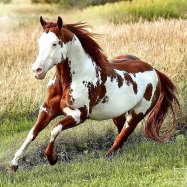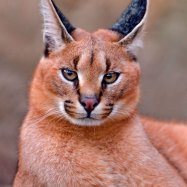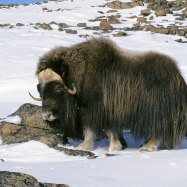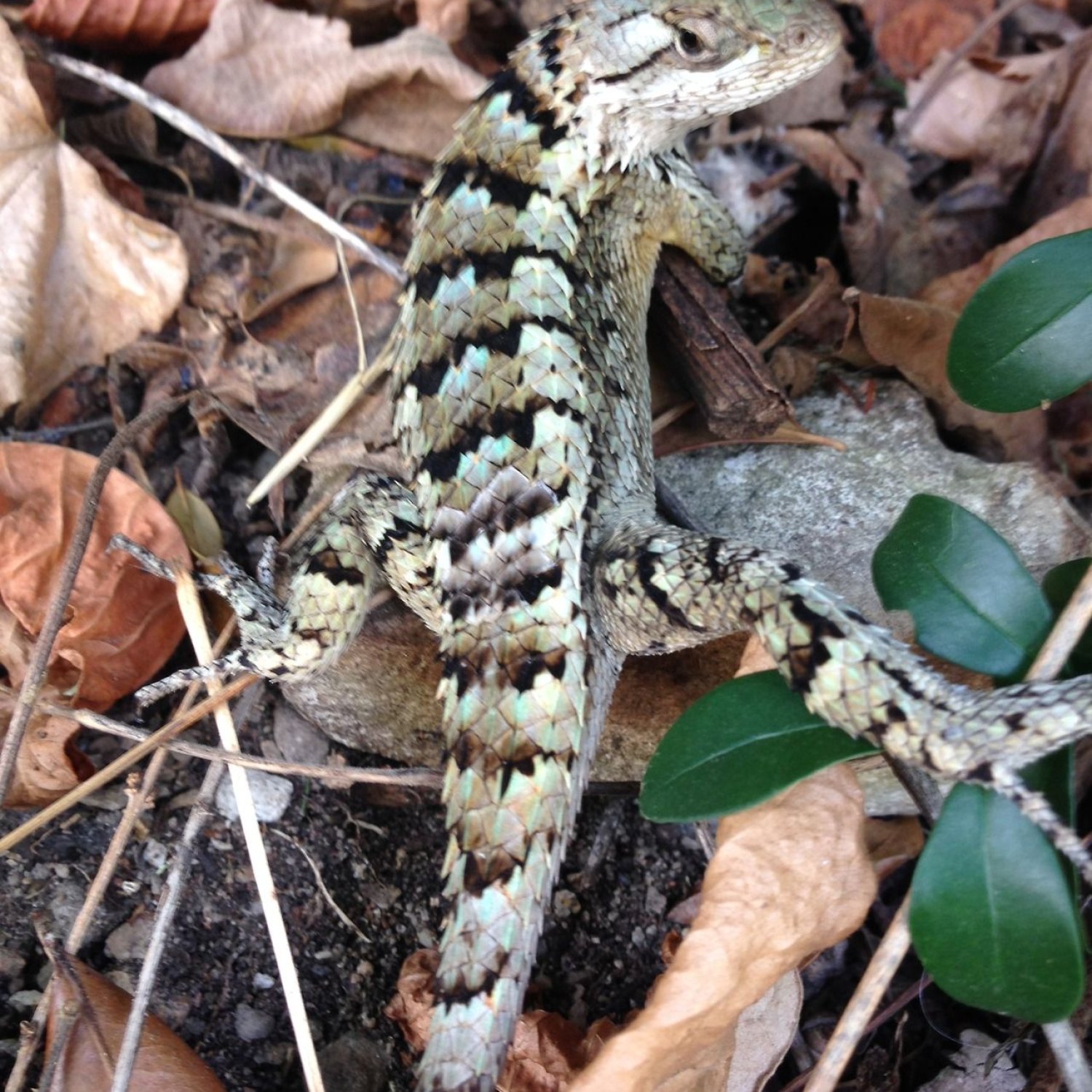
Texas Spiny Lizard
Up to 8 inches
The Texas Spiny Lizard, found in Texas, New Mexico, and Oklahoma, can grow up to 8 inches in length. Their slender bodies are covered in rough, spiny scales, making them easy to distinguish from other lizards. Belonging to the Phrynosomatidae family, these lizards are a unique and fascinating addition to the diverse wildlife of the southwest. #TexasSpinyLizard #Phrynosomatidae #TexasWildlife
Animal Details Summary:
Common Name: Texas Spiny Lizard
Kingdom: Animalia
Habitat: Rocky areas, woodlands, deserts
Welcome to the Fascinating World of the Texas Spiny Lizard: A True Native of Southwestern United States and Northern Mexico
As we explore the beautiful landscapes of Texas, New Mexico, and Oklahoma, we are reminded of the diverse and unique wildlife that call this region their home. From the graceful pronghorn antelopes to the majestic bald eagles, these animals have captured our hearts and imaginations for centuries.One such creature is the Texas Spiny Lizard, a reptile that has evolved to thrive in the rocky areas, woodlands, and deserts of the southwestern United States and northern Mexico. With its scientific name, Sceloporus olivaceus, this fascinating animal has captured the attention of many researchers, nature enthusiasts, and even casual observers Texas Spiny Lizard.
In this article, we invite you on a journey to discover more about the remarkable Texas Spiny Lizard, from its physical features and behavior to its habitat and distribution. So buckle up and get ready to learn more about this intriguing creature.
Physical Features and Behavior
The Texas Spiny Lizard, also known as Sceloporus olivaceus, bears a striking resemblance to its close relative, the Desert Spiny Lizard. They share a similar body shape, which is slender and covered with rough, spiny scales.What sets the Texas Spiny Lizard apart is its distinctive coloration. It is usually gray or brown with dark spots and light stripes, providing it with excellent camouflage in its rocky habitat. However, during the breeding season, the male Texas Spiny Lizard displays vibrant colors, such as bright orange or blue, to attract a mate.
Moreover, this lizard has an impressive length of up to 8 inches, making it one of the larger species in its genus. It also has powerful jaws, sharp claws, and a long tail, which it uses for defense and balance Timber Rattlesnake. These physical features have contributed to making the Texas Spiny Lizard a formidable predator and a challenging prey.
In terms of behavior, the Texas Spiny Lizard is diurnal, which means it is active during the day. It is also a highly territorial species, with males defending their territory from other males during the breeding season. They communicate through a series of head bobbing and arm-waving gestures, which is a common behavior among lizards.
Habitat and Distribution
As mentioned earlier, the Texas Spiny Lizard has evolved to thrive in rocky areas, woodlands, and deserts. The rugged terrain provides them with shelter and protection from predators, while the arid conditions make it easier for them to regulate their body temperature.This species is predominantly found in the southwestern United States, particularly in Texas, New Mexico, and Oklahoma. They also have a significant presence in the northern regions of Mexico, where they share their habitat with the Desert Spiny Lizard.
Moreover, the Texas Spiny Lizard has adapted to a wide range of altitudes, from sea level to up to 7,500 feet. This flexibility in their habitat requirements has enabled this species to survive in various locations and thrive in different conditions.
Diet and Feeding Method
Like most lizards, the Texas Spiny Lizard is insectivorous, which means it primarily feeds on insects. Their diet usually consists of ants, beetles, grasshoppers, and other small arthropods. They are known to be opportunistic feeders and will consume a wide variety of prey, depending on what is readily available in their habitat.What is fascinating about the Texas Spiny Lizard is its feeding method. Unlike other reptiles, this species does not have strong jaws to crush their prey. Instead, they use a unique strategy called “circling” where they spin rapidly around the prey, creating a vortex of wind, which blows away the insects' debris and exposes them. This technique allows them to capture their prey more efficiently.
Threats and Conservation Efforts
The Texas Spiny Lizard is not considered a threatened species. However, like other wildlife, they still face various threats to their survival. One of the primary concerns is habitat destruction due to human activities, such as urbanization, agriculture, and development.In addition, this species is also at risk of being captured and sold in the pet trade, which can decline their population in the wild. This practice is illegal in most areas, and efforts are being made to prevent it through strict laws and regulations.
Fortunately, there are several conservation efforts in place to protect the Texas Spiny Lizard and its habitat. Many national parks, such as Big Bend National Park and Guadalupe Mountains National Park, have designated areas for the preservation of this species. Furthermore, there are ongoing programs to educate the public about the importance of conservation and how they can contribute to protecting these animals.
The Texas Spiny Lizard and Natural Language Processing (NLP)
With the increasing popularity and demand for NLP, the Texas Spiny Lizard has become a subject of study in this field as well. Researchers are using various methods, such as algorithms and computational models, to analyze the acoustic communication between these lizards and other social interactions.Moreover, the Texas Spiny Lizard has also become a crucial subject for studies on animal behavior, evolution, and genetics. These advancements can provide valuable insights into the natural world, and we can better understand the role of this species in the ecosystem.
Fun Facts about the Texas Spiny Lizard
- Despite being a strong and agile lizard, the Texas Spiny Lizard is not immune to predators. They are preyed upon by birds, snakes, and small mammals.- The Texas Spiny Lizard is not venomous, but they may bite if threatened.
- This species is a master of camouflage, and they can blend in perfectly with their surroundings, making it difficult for predators to spot them.
- The Texas Spiny Lizard is an advantageous species, and they can adapt to different environments and survive in extreme conditions.
- These lizards are known for their incredible speed and can reach a maximum speed of 18 miles per hour.
Closing Thoughts
The Texas Spiny Lizard is a remarkable and resilient species that has captivated our imagination for centuries. Its presence in the southwestern United States and northern Mexico adds to the rich biodiversity of this region, and its unique characteristics have made it a subject of study for many researchers and nature enthusiasts. As we continue to explore and learn more about the captivating world of the Texas Spiny Lizard, let us also be reminded of the importance of protecting and preserving this species and its habitat for future generations to enjoy.

Texas Spiny Lizard
Animal Details Texas Spiny Lizard - Scientific Name: Sceloporus olivaceus
- Category: Animals T
- Scientific Name: Sceloporus olivaceus
- Common Name: Texas Spiny Lizard
- Kingdom: Animalia
- Phylum: Chordata
- Class: Reptilia
- Order: Squamata
- Family: Phrynosomatidae
- Habitat: Rocky areas, woodlands, deserts
- Feeding Method: Insectivorous
- Geographical Distribution: Southwestern United States, Northern Mexico
- Country of Origin: United States, Mexico
- Location: Texas, New Mexico, Oklahoma
- Animal Coloration: Gray or brown with dark spots and light stripes
- Body Shape: Slender with rough, spiny scales
- Length: Up to 8 inches
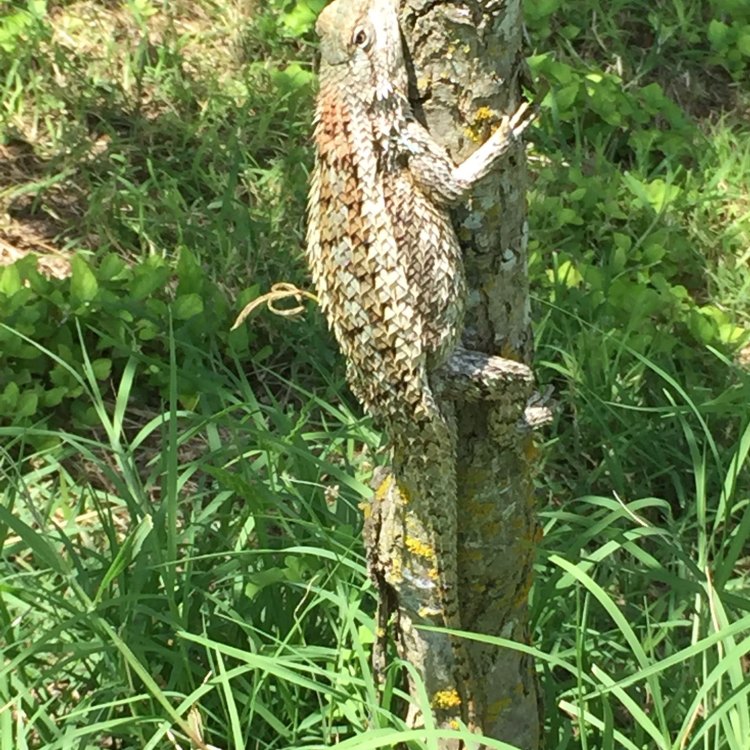
Texas Spiny Lizard
- Adult Size: 4-8 inches
- Average Lifespan: 5-8 years
- Reproduction: Sexual
- Reproductive Behavior: Males perform a push-up display to attract females
- Sound or Call: Males may make a distinctive sound during courtship
- Migration Pattern: Non-migratory
- Social Groups: Solitary
- Behavior: Active during the day, basking in the sun to regulate body temperature
- Threats: Habitat loss, fragmentation, and degradation
- Conservation Status: Least Concern
- Impact on Ecosystem: Important predator of insects and small vertebrates
- Human Use: Occasionally kept as pets
- Distinctive Features: Long, spiny tail; rough scales
- Interesting Facts: Can detach their tails to escape predators
- Predator: Birds of prey, snakes, mammals
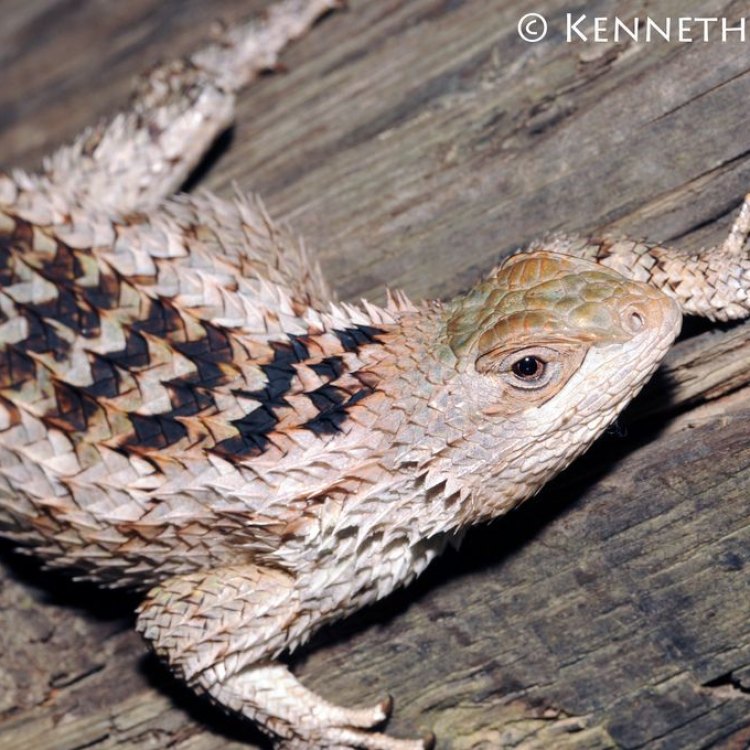
Sceloporus olivaceus
The Mysterious and Fascinating World of the Texas Spiny Lizard
The state of Texas is home to a diverse range of wildlife, from majestic deer and elegant birds to slimy snakes and scurrying rodents. But among these creatures, there is one that stands out for its unique features and behavior – the Texas Spiny Lizard.Found in various parts of Texas, this little reptile is a sight to behold with its rough scales, long spiny tail, and active behavior. Despite its small size, the Texas Spiny Lizard has been a source of fascination for biologists and herpetologists for years PeaceOfAnimals.Com. So let's delve into the mysterious world of this intriguing species and discover its distinctive features, behavior, and impact on its ecosystem.
The Basic Facts: Size, Lifespan, and Reproduction
The Texas Spiny Lizard, also known as the Sceloporus olivaceus, is a small lizard that typically grows between 4-8 inches in length. It is a sexually dimorphic species, meaning that males and females have different appearances.On average, the Texas Spiny Lizard has a lifespan of 5-8 years in the wild. However, they can live longer if well-cared for in captivity. These lizards reproduce sexually, with mating typically occurring in the spring or early summer. During this time, males perform a distinctive push-up display to attract females.
Reproduction takes place through internal fertilization, with the female laying 3-12 eggs in a shallow hole or under rocks. The eggs take 6-8 weeks to hatch, and the young lizards are independent from birth Therizinosaurus.
Unique Courtship Behavior and Distinctive Call
The Texas Spiny Lizard is not just known for its appearance but also for its unique courtship behavior. As mentioned earlier, males perform a push-up display to attract females during the mating season. This behavior involves extending and retracting their legs while pushing their body up and down, creating a rhythmic movement.But that's not all – males also make a distinctive sound during courtship, which can help them attract potential mates. This call is a series of clicks or pops that can be heard from a distance and is quite different from the calls of other lizards.
Non-Migratory but Solitary Social Groups
Unlike some other lizard species, the Texas Spiny Lizard is non-migratory. It stays in its home territory throughout the year and does not travel long distances like other reptiles. However, they are not entirely solitary, and you may find a few individuals basking in the sun together.These lizards are social, but they mostly prefer to be alone. They do not form groups or exhibit any type of social hierarchy. Generally, they are active during the day, basking in the sun to regulate their body temperature. This behavior not only helps them stay warm but also aids in digestion and allows them to hunt for insects and small vertebrates.
Threats and Conservation Status
The Texas Spiny Lizard faces several threats in its natural habitat, including habitat loss, fragmentation, and degradation. As human development expands, these lizards are losing their homes and losing access to food and water sources.Additionally, non-native species, such as fire ants and house cats, also pose a threat to the Texas Spiny Lizard's survival. These invasive species compete for resources and prey on the lizards, further impacting their populations.
Currently, the Texas Spiny Lizard is classified as Least Concern on the International Union for Conservation of Nature (IUCN) Red List. This means that the species is not facing any immediate threat of extinction. However, continued efforts are needed to conserve its habitat and ensure its survival in the long run.
The Lizard's Impact on Ecosystems
The Texas Spiny Lizard may be small in size, but it plays a crucial role in its ecosystem. As an important predator of insects and small vertebrates, it helps to control their populations, thus maintaining the balance of the ecosystem. Without these lizards, there could be an overabundance of these prey species, leading to potential disruptions in the ecosystem.Moreover, these lizards may also play a role in seed dispersal. As they move around and hunt for food, they inadvertently spread seeds, helping in the growth of vegetation in their habitats. This, in turn, benefits other species in the ecosystem, including birds and small mammals.
Occasional Human Use
While the Texas Spiny Lizard is primarily found in the wild, it is occasionally kept as a pet by some reptile enthusiasts. However, it is not recommended to keep them as pets unless you are well-informed about their care requirements.Like any other wild animal, these lizards belong in their natural habitat and do not do well in captivity. They require specialized care and a proper diet, which can be challenging for inexperienced pet owners. It is also illegal to catch and keep these lizards without the proper permits in some states.
Distinctive Features and Interesting Facts
The Texas Spiny Lizard is not your average lizard, and it is evident from its distinct features. Its most prominent feature is its long, spiny tail, which makes up about two-thirds of its body length. The tail, along with its rough scales, gives it a unique appearance and also acts as a defense mechanism against predators.But perhaps the most interesting fact about these lizards is their ability to detach their tails when faced with danger. This is known as autotomy, and it is a common defense mechanism seen in many lizard species. The detached tail continues to wiggle, distracting the predator, while the lizard escapes. Over time, the tail will regenerate, albeit not as long or spiny as before.
Predators of the Texas Spiny Lizard
As with any other wild animal, the Texas Spiny Lizard has its share of predators. Birds of prey, such as hawks and owls, pose a significant threat to these lizards, especially the young ones. Snakes, particularly venomous ones like rattlesnakes, are also known to prey on these lizards. Mammals, including foxes, raccoons, and opossums, may also target the Texas Spiny Lizard for food.In Conclusion
The Texas Spiny Lizard may seem like just another ordinary lizard at first glance, but a closer look reveals a world of fascinating features and behavior. From its unique courtship behavior and call to its distinctive tail and ability to detach it, this small reptile has captured the curiosity of many.However, as with many other species, the Texas Spiny Lizard is facing threats to its survival, primarily due to human activities. It is our responsibility to ensure the conservation of this species and its habitat, to allow future generations to continue to marvel at this mysterious and fascinating creature of Texas.
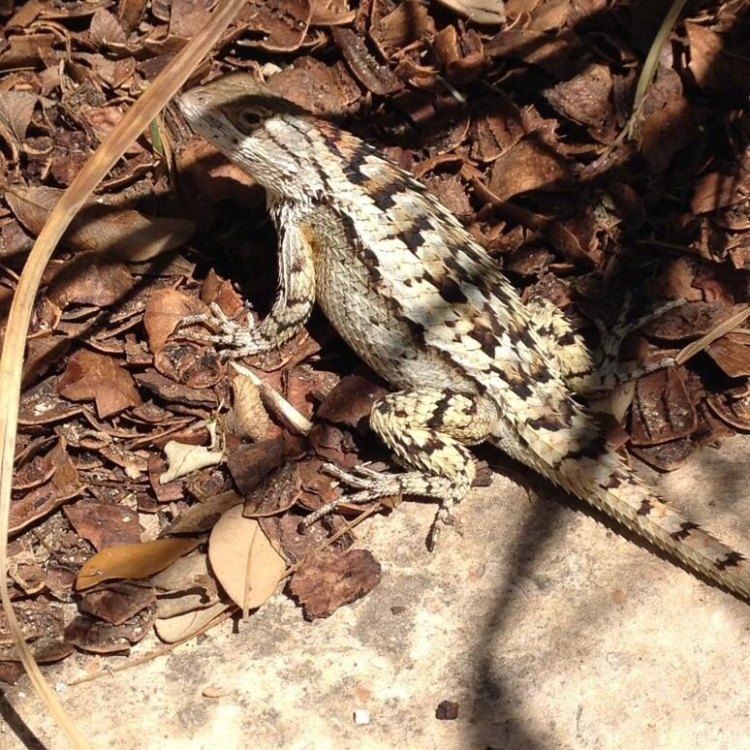
Welcome to the Fascinating World of the Texas Spiny Lizard: A True Native of Southwestern United States and Northern Mexico
Disclaimer: The content provided is for informational purposes only. We cannot guarantee the accuracy of the information on this page 100%. All information provided here may change without prior notice.





